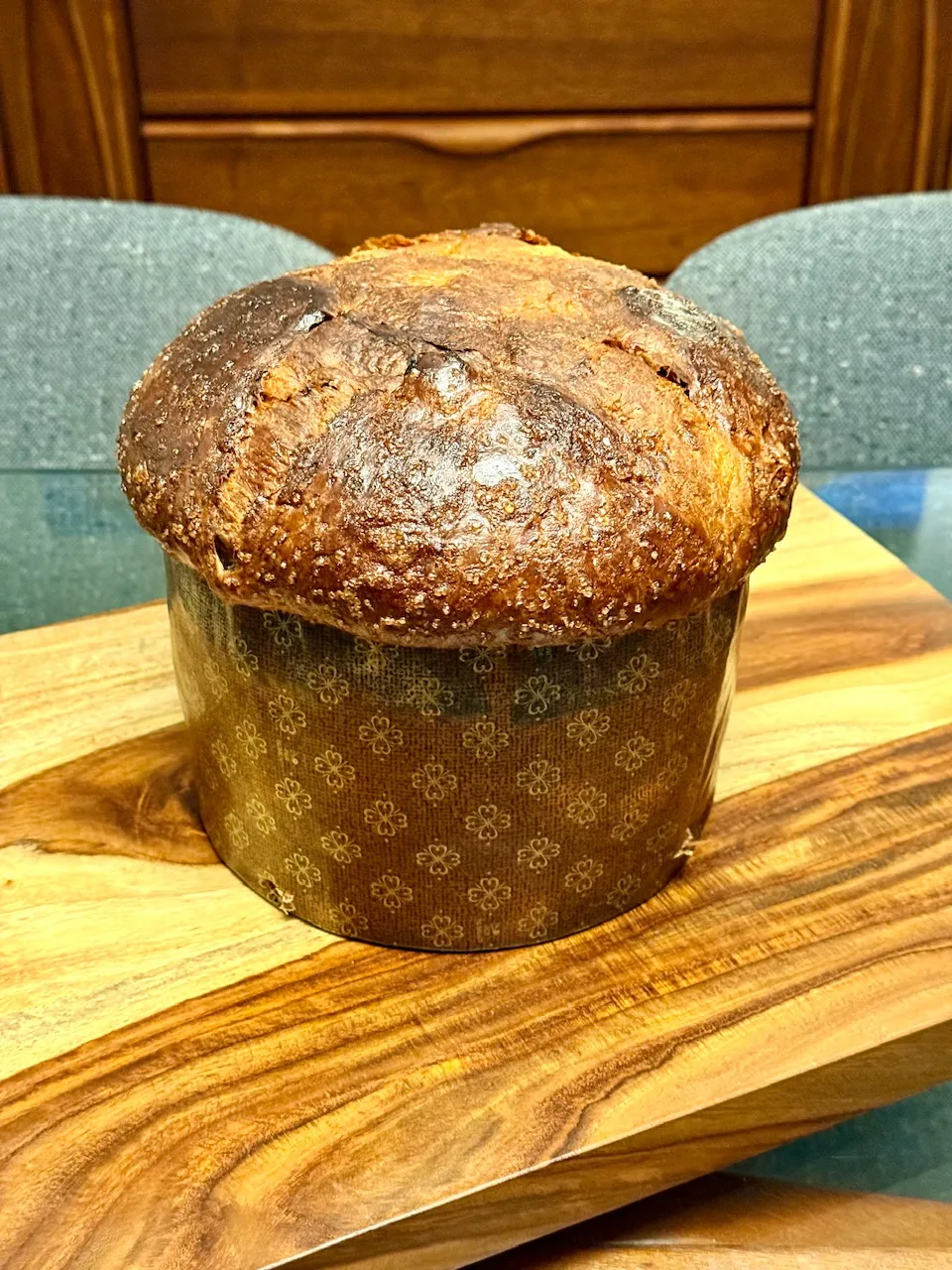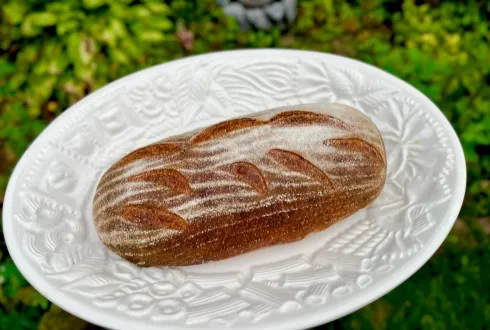Giorilli Panettone - third attempt (with panettini)

The weather has finally cooled off a bit, enough for another attempt at Giorilli Panettone. I also finally have some free time for the planning and baking now that I am between locum duties and trips. I have my fingers crossed for this one. I’m not sure if it will make a difference or not, but I had been skipping one of the steps of the shaping. There is an extra shaping and tightening step right after an uncovered rest on the countertop that I wasn’t doing. I have my doubts that it will make a difference but we’ll see.
- Log in or register to post comments
- 25 comments
- View post
- Benito's Blog









